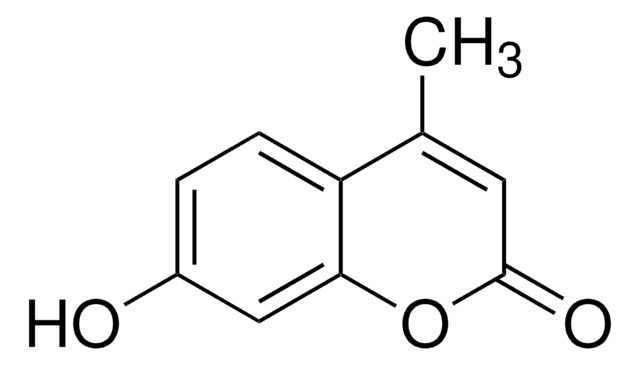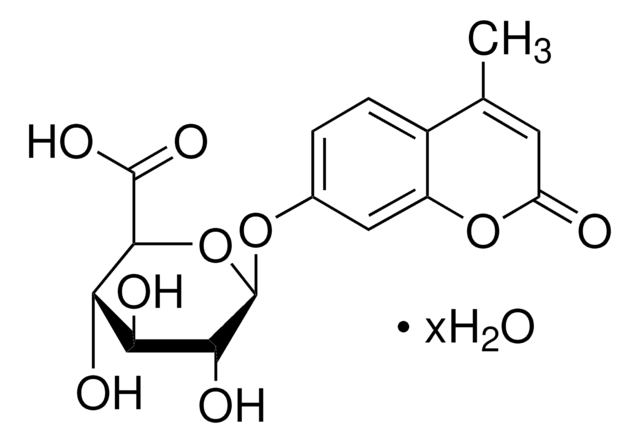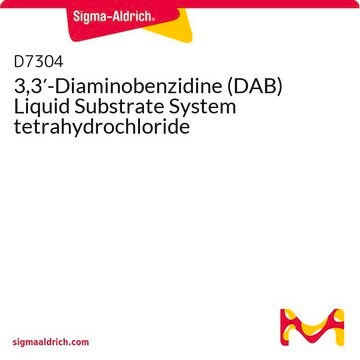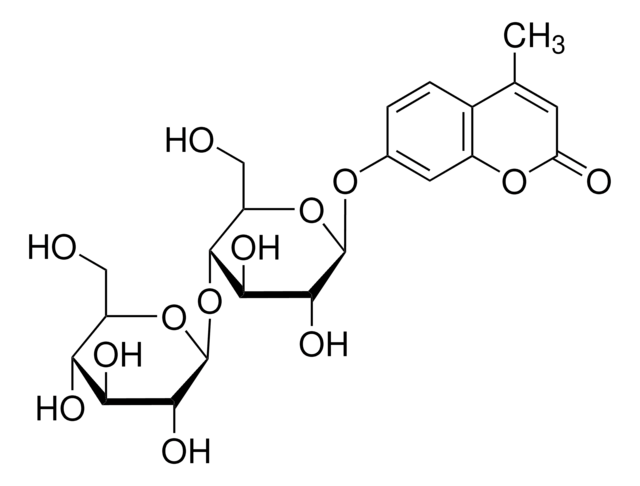Wichtige Dokumente
M6065
Monoclonal Anti-Microphthalmia antibody produced in mouse
clone C5, purified immunoglobulin
Synonym(e):
Anti-Mi
About This Item
Empfohlene Produkte
Biologische Quelle
mouse
Qualitätsniveau
Konjugat
unconjugated
Antikörperform
purified immunoglobulin
Antikörper-Produkttyp
primary antibodies
Klon
C5, monoclonal
Form
buffered aqueous solution
Mol-Gew.
antigen 52-56 kDa
Speziesreaktivität
mouse, rat, human
Konzentration
0.5-1.0 mg/mL
Methode(n)
immunohistochemistry (formalin-fixed, paraffin-embedded sections): suitable
immunoprecipitation (IP): suitable using 2 μg/mg protein lysate
western blot: 1:500 using 10 μg of Mouse brain lysates
Isotyp
IgG1
UniProt-Hinterlegungsnummer
Versandbedingung
wet ice
Lagertemp.
−20°C
Posttranslationale Modifikation Target
unmodified
Angaben zum Gen
human ... MITF(4286)
mouse ... Mitf(17342)
rat ... Mitf(25094)
Allgemeine Beschreibung
Microphthalmia is expressed in a limited number of cell types including heart, mast cells, osteoclast precursors, and melanocytes. There are a number of different isoforms of microphthalmia resulting from alternative splicing and alternative promotors. These isoforms differ at their amino-termini and in their expression patterns.
Immunogen
Anwendung
Western Blotting (1 paper)
Physikalische Form
Haftungsausschluss
Sie haben nicht das passende Produkt gefunden?
Probieren Sie unser Produkt-Auswahlhilfe. aus.
Empfehlung
Lagerklassenschlüssel
12 - Non Combustible Liquids
WGK
nwg
Flammpunkt (°F)
Not applicable
Flammpunkt (°C)
Not applicable
Hier finden Sie alle aktuellen Versionen:
Besitzen Sie dieses Produkt bereits?
In der Dokumentenbibliothek finden Sie die Dokumentation zu den Produkten, die Sie kürzlich erworben haben.
Unser Team von Wissenschaftlern verfügt über Erfahrung in allen Forschungsbereichen einschließlich Life Science, Materialwissenschaften, chemischer Synthese, Chromatographie, Analytik und vielen mehr..
Setzen Sie sich mit dem technischen Dienst in Verbindung.








